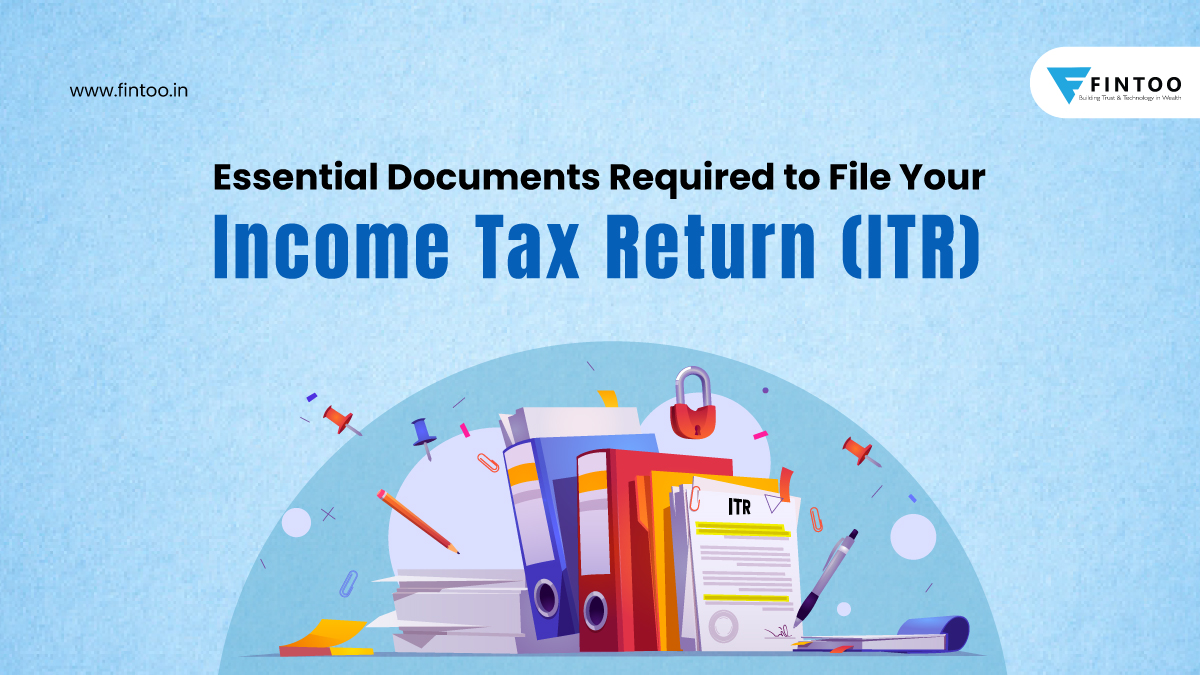5 Essential Documents Needed for Unemployment Tax Filing

In the world of unemployment, the process of filing for unemployment benefits can be quite challenging, especially when it comes to understanding the documentation needed for unemployment tax filing. Whether you've recently lost your job or you're managing the financial aftermath, navigating the unemployment tax landscape requires meticulous attention to detail. This comprehensive guide will walk you through the 5 essential documents you'll need to file for unemployment taxes, offering step-by-step instructions, important tips, and a deeper understanding to make the process as smooth as possible.
What is Unemployment Tax?

Before diving into the documents, let’s clarify what unemployment tax is. Unemployment taxes are contributions that both employees and employers pay into a fund, which is then used to provide financial assistance to workers who have lost their jobs through no fault of their own. This tax helps bridge the financial gap during job transitions and supports individuals while they search for new employment.
1. Proof of Identity

Identity verification is crucial to ensure that the benefits go to the rightful claimant:
- State ID or Driver’s License: This is the primary document used for identification. Ensure it’s current and not expired.
- Passport: If you do not have a driver’s license, a valid passport is an acceptable alternative.
- Social Security Card: While not always necessary for identity, it can be helpful if other documents are not available.
⚠️ Note: Make sure your photo ID matches the name on your unemployment claim exactly.
2. Employment History

Documenting your work history is fundamental to verify your eligibility:
- Pay Stubs: Typically, you need to provide pay stubs from at least the last six months. These should show your earnings and employment dates.
- W-2 Forms: If you’re looking for a comprehensive overview of your income for the last tax year, these are essential.
- Written Confirmation from Employer: Sometimes, a letter from your employer confirming the end of employment and your salary can suffice.
| Document | Why Needed |
|---|---|
| Pay Stubs | To verify earnings, hours worked, and employment duration |
| W-2 Forms | Provides yearly income totals |
| Employer Confirmation Letter | Official termination notice and salary verification |

3. Reason for Unemployment

You need to substantiate why you are no longer employed:
- Layoff or Termination Notice: A formal document from your employer stating the reason for your job loss.
- Resignation Letter or Email: If you resigned, this helps clarify your situation.
- Documentation from the Department of Labor: For cases of workplace disputes, harassment, or unsafe working conditions.
📢 Note: Always save emails or documentation related to your resignation or termination for future reference.
4. Job Search Records

Demonstrating active job search is often a requirement for continuing benefits:
- Job Application Copies: Keep copies of all job applications and correspondence related to job searches.
- Interview Invitations: Show evidence that you’re actively interviewing for jobs.
- Work Search Logs: Many states require a log detailing your job search activities.
5. Financial Information

Your financial status can influence your benefits:
- Bank Statements: To prove your financial situation and eligibility for certain benefits.
- Proof of Rent or Mortgage Payments: For calculating potential housing assistance.
- Utility Bills: Similar to housing, proving utility expenses can support additional aid.
In conclusion, navigating the unemployment tax filing process involves gathering and presenting a range of documents. From identity verification to proving your employment history and job search efforts, each document plays a critical role in securing your benefits. By ensuring you have all these documents prepared, you're not only setting yourself up for a successful unemployment benefits claim but also helping streamline the process for both yourself and the unemployment office. Remember, accuracy and organization are your best allies in this process, making what can seem like a daunting task much more manageable.
What happens if I lose one of the documents?

+
Contact your employer or relevant authorities to request replacements or alternative documentation. If it’s impossible to get, explain the situation to the unemployment office; they might offer guidance or alternative solutions.
Do I need to provide new documents if I file for unemployment again?

+
Yes, you might need to update your documentation, especially if your situation has changed or new documents are required by the unemployment office. Always check the current requirements before reapplying.
How long does it typically take to get unemployment benefits after filing?

+
The timeline can vary by state, but typically it can take anywhere from 2 to 4 weeks. This period can be affected by the completeness of your documentation and the backlog at the unemployment office.



